Estatua del rey Sejong (세종대왕 동상)
3.8Km 2021-02-01
Sejong-daero 175, Jongno-gu, Seúl
+82-2-2133-7713
La estatua del rey Sejong fue construida en el centro de la plaza Gwanghwamun el día del Hangeul (9 de octubre) de 2009. Esta estatua de bronce de 9,5 metros de altura, que muestra al rey con una amable sonrisa en su cara, un libro en su mano y sentado en un trono, celebra sus logros como gobernante.
Delante de la estatua se encuentra un globo celestial, invento del propio rey Sejong que fabricó durante su reinado. Detrás de la estatua, hay seis columnas con decoraciones doradas que representan los logros del rey; también hay un pasaje subterráneo que lleva a una sala de exposiciones llamada "La historia de Sejong".
Festival Internacional de Arte de Gwanghwamun (광화문국제아트페스티벌)
3.8Km 2025-01-02
Sejong-daero 175, Jongno-gu, Seúl
02-723-9484
Para Corea, la plaza Gwanghwamun es un símbolo del movimiento democrático que ha tenido lugar en las últimas décadas de la historia del país. Este ha sido el lugar de muchas reuniones y protestas, en las cuales los ciudadanos exigían a la sociedad el cumplimiento de las leyes y de los derechos civiles; y también un punto cultural para realizar diversas actividades y eventos para compartir. El Festival Internacional de Arte de Gwanhwamun forma parte de aquellas actividades artísticas, cuyo objetivo es enriquecer la conciencia cultural y artística de los visitantes y ciudadanos, incitando su participación.
Parque Sejongno (세종로공원)
3.8Km 2024-09-10
Sejong-daero 189 (subsuelo), Jongno-gu, Seúl
El Parque Sejongno está localizado cerca del Centro Cultural Sejong de Seúl. Dentro del parque hay bancos de madera y zonas con sombra para que la gente pueda sentarse y relajarse. También hay fuentes de agua, un escenario exterior y varias esculturas. Entre semana, el parque se llena de oficinistas que lo visitan a la hora de la comida, y durante los fines de semana incluso se realizan bodas al aire libre.
The Westin Josun Seoul (웨스틴 조선 서울)
3.8Km 2025-07-18
106, Sogong-ro, Jung-gu, Seoul
SUSHI CHO (스시조)
3.8Km 2021-03-29
106, Sogong-ro, Jung-gu, Seoul
+82-2-317-0373
This store was selected for the Michelin Guide Seoul 2021. This Japanese (cuisine) restaurant is located in Jung-gu, Seoul. The most famous menu is sushi.
Mercado Tongin (통인시장)
3.8Km 2025-07-01
Jahamun-ro 15-gil 18, Jongno-gu, Seúl.
Ihwa Gamjaguk (이화감자국)
3.8Km 2021-03-29
174-1, Eungam-ro, Eunpyeong-gu, Seoul
+82-2-307-4723
It is an old restaurant serving Gamjatang (pork backbone stew) at Gamjatang Street in Eungam-dong. This Korean dishes restaurant is located in Eunpyeong-gu, Seoul. The most famous menu is pork back-bone stew.
Groundseesaw Seochon (그라운드시소 서촌)
3.8Km 2024-04-19
Jahamun-ro 6-gil 18-8, Jongno-gu, Seúl
Estatua del Almirante Yi Sun-shin (충무공 이순신 동상)
3.8Km 2021-03-05
Sejong-daero 175, Jongno-gu, Seúl.
La estatua del Almirante Yi Sun-shin fue erigida enfrente de la Plaza Gwanghwamun el 27 de abril de 1968 en honor al valiente espíritu y liderazgo del almirante. Con 17 metros de altura, esta estauta de bronce muestra al almirante con una espada en su mano derecha, representando la protección y el patriotismo. Enfrente de la estatua hay un barco tortuga en miniatura, y en cada esquina hay dos tambores que se usaban incrementar la moral de las tropas en el campo de batalla.
Rex Hotel (렉스호텔)
3.8Km 2021-03-03
23, Toegye-ro 10-gil, Jung-gu, Seoul
+82-2-751-3191
Lex Hotel is a suitable accommodation for business trips. It is also great for shopping, due to its convenient location by Namdaemun Market, Seoul Station, and Myeong-dong, as well as Korea's major shopping malls like Lotte and Shinsegae Department Stores. The hotel has 110 rooms, offering a view of downtown Seoul. It is also equipped with convenient amenities and restaurants that are ready to fulfill every guest’s needs. The guestrooms feature a comfortable atmosphere with a simple interior.
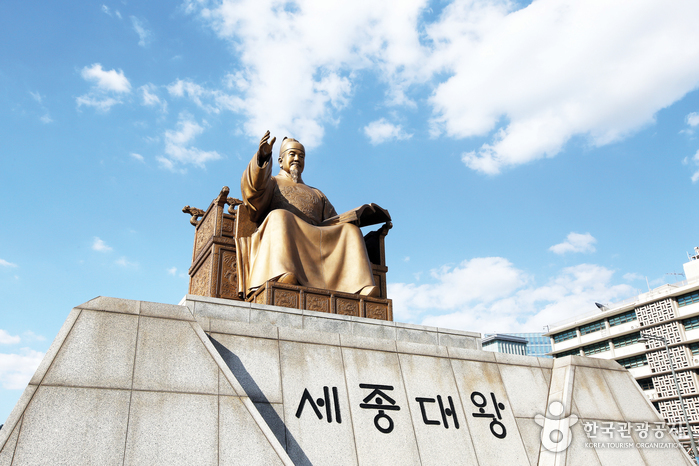
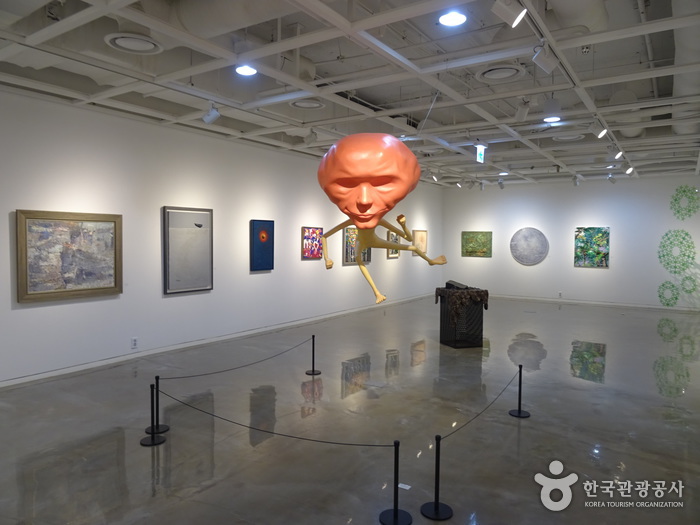
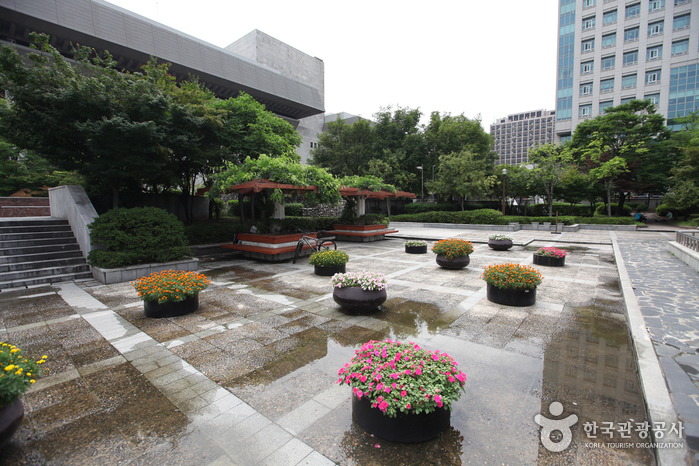
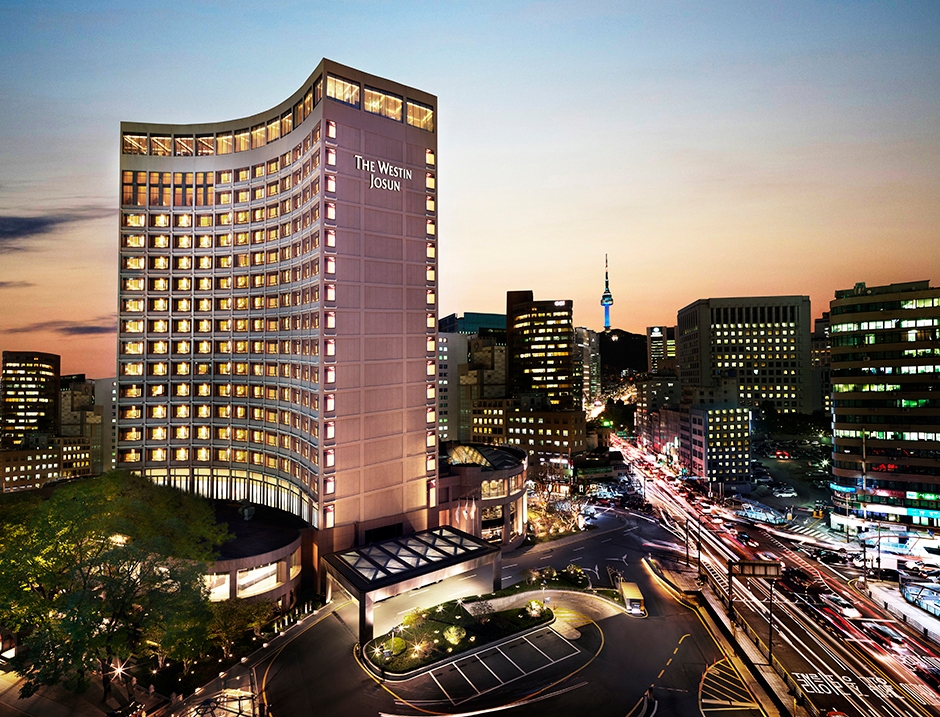
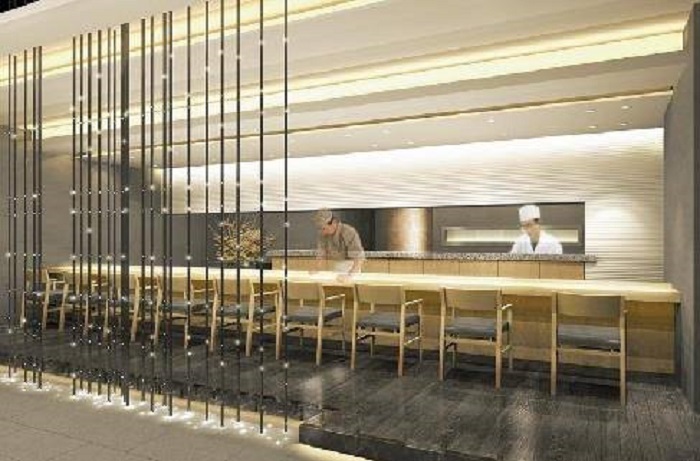
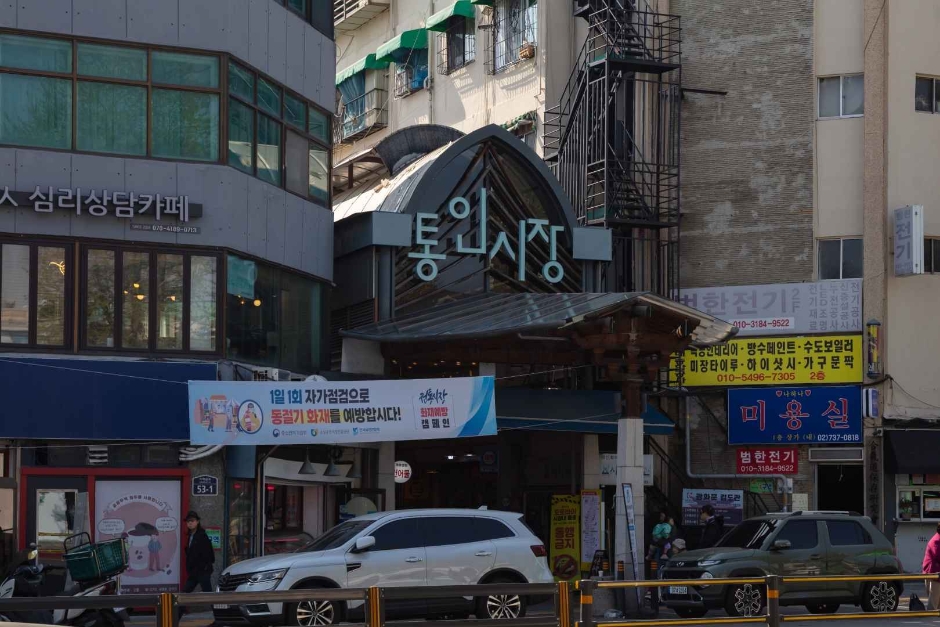
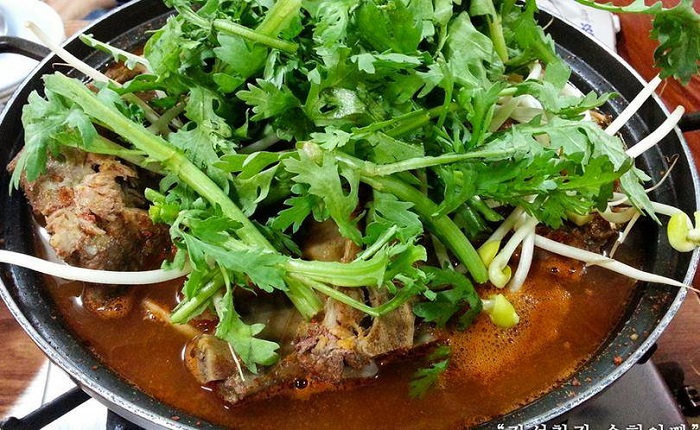

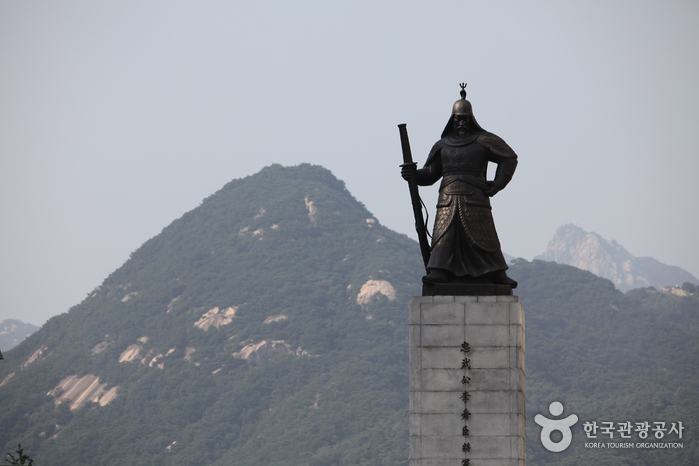
 Español
Español
 한국어
한국어 English
English 日本語
日本語 中文(简体)
中文(简体) Deutsch
Deutsch Français
Français Русский
Русский